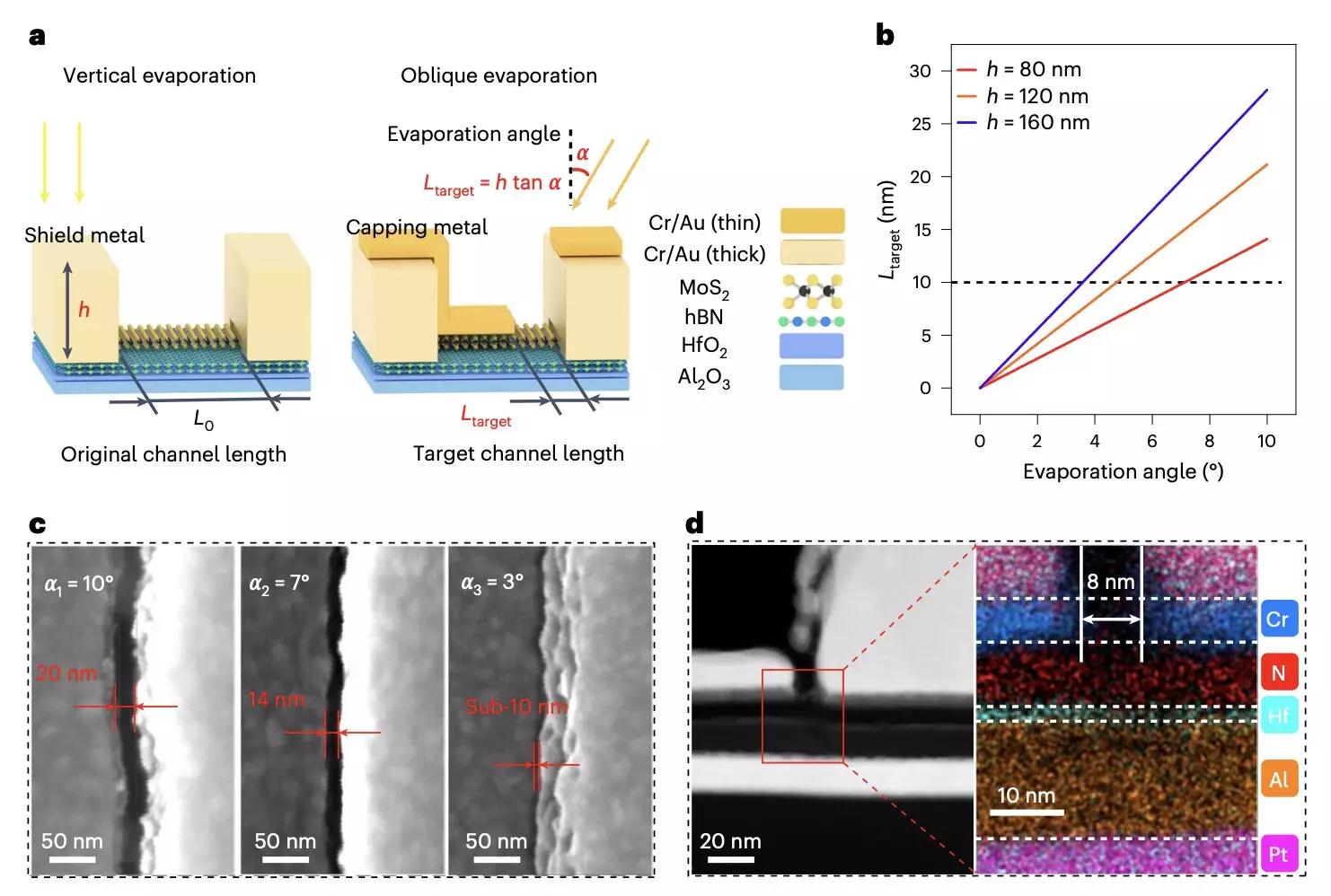The evolution of artificial intelligence (AI) highlights the pressing need for innovative data storage solutions that can keep pace with its escalating computational demands. Traditional memory devices, such as flash memories, have long served as the staple for non-volatile storage; however, they exhibit limitations in speed which inhibit AI’s extensive data processing capabilities. Recent advancements in technology, particularly through the exploration of two-dimensional (2D) materials, are setting the stage for unprecedented breakthroughs in ultrafast flash memory.
The Need for High-Bandwidth Memory
In the realm of AI and deep learning, vast amounts of data are analyzed in real time, often requiring memory devices that possess both high capacity and bandwidth. Standard flash memories, while able to retain information when a device is powered down, struggle to deliver the speeds necessary for efficient AI functioning. This bottleneck not only affects performance but also compromises energy efficiency, which is critical for modern computing applications. Thus, developing high-bandwidth memory solutions is paramount, paving the way for the next generation of data storage technologies that can sustain AI’s rigorous demands.
Recent research has pivoted towards using 2D materials to fabricate memory devices that can operate at ultrafast speeds. These novel materials—like monolayer molybdenum disulfide—show remarkable potential due to their impressive electrical properties. Unlike conventional silicon-based memories, which face physical limitations, 2D materials can be engineered at the nanoscale, enabling the production of flash memory devices that are not only faster but also capable of storing more data in less space.
However, integrating these 2D materials into functional memory devices has its share of challenges. Historically, attempts to combine these materials have encountered significant scalability issues, limiting their real-world applicability. Engineers have grappled with problems relating to interface quality, which hampers the performance and reliability of these ultrafast memory devices.
Innovative Integration Processes
The recent work conducted by researchers at Fudan University has provided fresh insights into overcoming these integration challenges. Their intricate process, which combines several complex techniques such as lithography, e-beam evaporation, and thermal atomic layer deposition, has demonstrated a pathway to successfully incorporate 1,024 flash-memory devices with an impressive yield of over 98%. Such a high yield is critical for commercial viability, indicating that these ultrafast memory devices could soon transition from experimental prototypes into practical applications.
The researchers painstakingly detailed their approach in a publication in *Nature Electronics*, showcasing two configurations of tunneling barriers within the memory stacks. Demonstrating the feasibility of channel lengths shrinking down to below 10 nanometers—a significant advancement that silicon flash memories cannot achieve—marks a significant milestone in the field of memory technology.
Early testing of these ultrafast flash memories reveals promising results, with devices not only maintaining non-volatility but also supporting multiple bits of information storage. The researchers have outlined their findings, indicating that these nanostructured devices perform with robust endurance, demonstrating the capability for over 10^5 read/write cycles.
Looking towards the future, the application of this innovative integration method extends beyond mere 2D materials. There lies profound potential to explore and fabricate flash memory arrays using various other 2D materials, enhancing versatility and performance further. As the demand for ultra-speed data storage solutions grows, these advancements could redefine the possibilities of AI and machine learning applications across different sectors, from telecommunications to medical diagnostics.
The synthesis of high-bandwidth memory solutions, particularly through the lens of ultrafast 2D flash memories, positions us on the brink of a transformative era in data storage technology. Continued exploration and refined techniques could lead to greater scalability and efficiency, ultimately enhancing AI’s capabilities and its ability to process the ever-increasing amounts of data in real time. The future of memory devices is not merely reliant on evolving the existing technologies but in embracing the innovative potentials that lie within emerging materials.


Leave a Reply